I have to insert some wires into several electrical connections and have been getting conflicting information on whether or not they should be tinned before inserting. I'm sure this is a quite simple question to answer with a picture so I have included one below.
To be clear, the screw itself does not make the connection here, but pulls the flat conducting plate on the bottom of the connection toward the flat conducting plate on the top.
Regardless, the connection is still supposed to be a friction fit held together by the force that you apply from tightening the screw.
I suppose the root of what I'm unsure about is whether making an electrical connection under mechanical pressure would suggest you should not tin the wires or if it is specifically the rotation and grinding on a tinned wire that would be caused by the screw that makes tinning these wires a bad idea.
I'm obviously no expert on this topic so any additional explanation on the thought process behind the answer is very welcomed.
